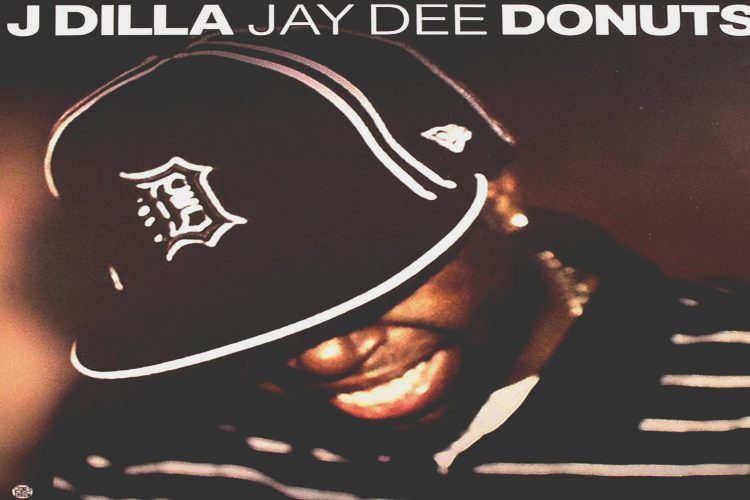2020 PostGenre Hall of Fame Inductee: J Dilla’s ‘Donuts’
|
Getting your Trinity Audio player ready...
|
Far too many of music’s most innovative minds have died at a shockingly young age. Mozart, “Bird,” Dolphy, and Hendrix are just a few of the lights extinguished before age 40. Most of these fallen artists pass suddenly or after a few weeks, not after a long illness. This abruptness often leaves the artist without a final work to express their thoughts on life and mortality. Suffering from lupus and incurable blood disease for several years, producer and multi-instrumentalist James Dewitt Yancy – better known as J Dilla or Jay Dee – had a unique opportunity to share his parting thoughts with the world. From his hospital bed, armed only with a Boss SP-303 sampler and a small 45 record player, he created his magnum opus, Donuts (Stones Throw, 2006). His friends and family would bring in crates full of vinyl for him to parse through and piece together. Throughout, his condition only worsened as he became unable to walk, his hands swelled so much he could barely move them, and he experienced excruciating pain. While the album is in no way morose, given the context, it reflected his coming end. Sampled comments like “is death real?” “don’t cry,” “I can’t stand to see you cry,” and “save me” appear throughout. The album is also circular in form with the ending of the closer “Welcome to the Shoe” feeding aesthetically into the opener “Donuts (outro)” suggestive of not just the round object for which it is named but also the circle of life.
But Donuts’ legacy lies in something greater than its role as an artist’s final commentary on life. For much of history, critics distinguished between “high” music – that deemed worthy of a listener’s attention because it falls within some aesthetic realm dictated to reflect “class” or “intelligence” – and “low music” – everything else. Ultimately the concept is rubbish and based on useless distinctions. Sound is sound. Further, to a large degree, the dividing line has been steeped in racism and cultural discrimination. The music of white European composers was deemed “high” and that of Black Americans often maligned. This is perhaps most evident with hip hop where these thoughts conflated with unfounded concerns about new technology. Donuts’ brilliance lies primarily in its outward objective obliteration of these divisions; it was so wonderfully composed that even the most ardent adherent to this ridiculous mindset could not ignore its magnitude. Carefully selected and placed samples and ingenuity can be every bit as expressive, personal, and emotionally provocative as more traditional acoustic instruments.
Dilla undoubtedly emerges from a “hip hop” background, even being given the nickname the “godfather of lo-fi hip hop.” But his influence, and that of Donuts, also stretches far beyond. The myriad of jazz/hip-hop hybrids since his death have firm roots in his work. So do many others like Kendrick Lamar and Flying Lotus that push the boundaries of their art. To paraphrase an oft-quoted statement of another artist who left us too soon, “Dilla Lives.”
Tracklist: 1. Donuts (Outro); 2. Workinonit; 3. Waves; 4. Light My Fire; 5. The New; 6. Stop; 7. People; 8. The Diff’rence; 9. Mash; 10. Time: The Donut of the Heart; 11. Glazed; 12. Airworks; 13. Lightworks; 14. Stepson of the Clapper; 15. The Twister (Huh, What); 16. One Eleven; 17. Two Can Win; 18. Don’t Cry; 19. Anti-American Graffiti; 20. Geek Down; 21. Thunder; 22. Gobstopper; 23.One For Ghost; 24. Dilla Says Go; 25. Walkinonit; 26. The Factory; 27. U-Love; 28. Hi; 29. Bye; 30. Last Donut of the Night; 31. Welcome To The Show.



